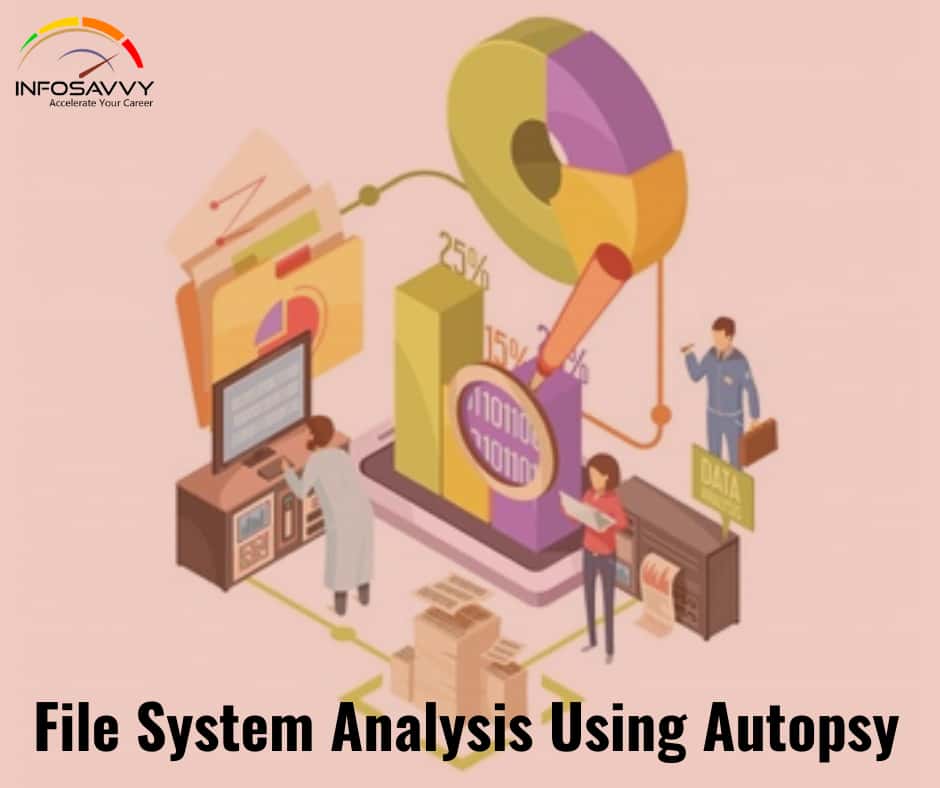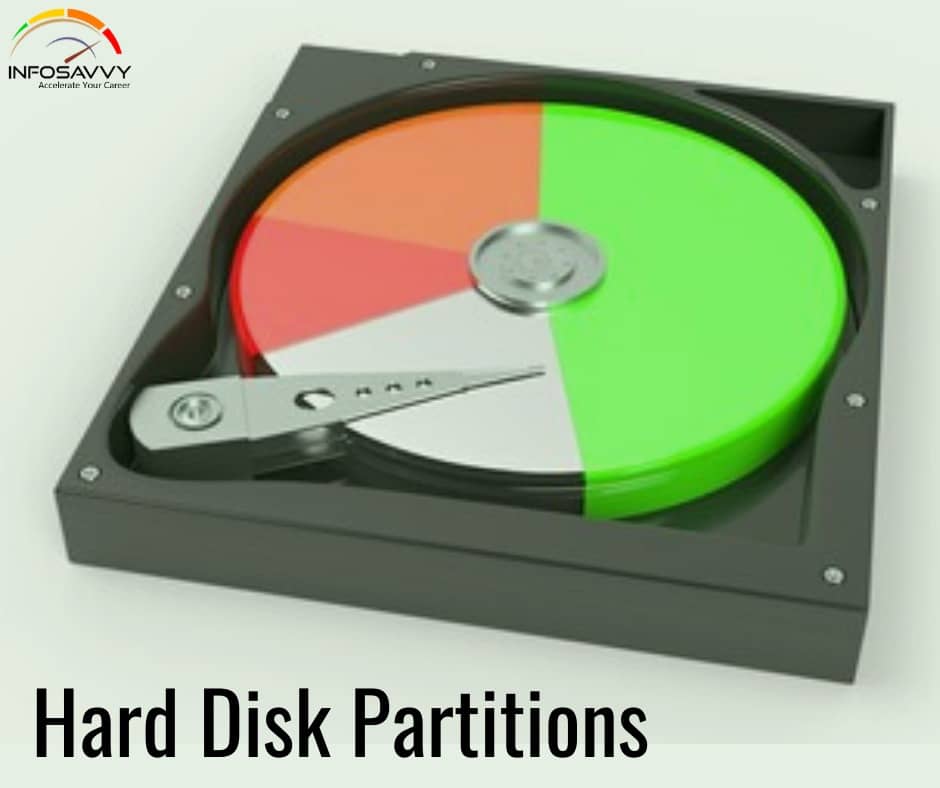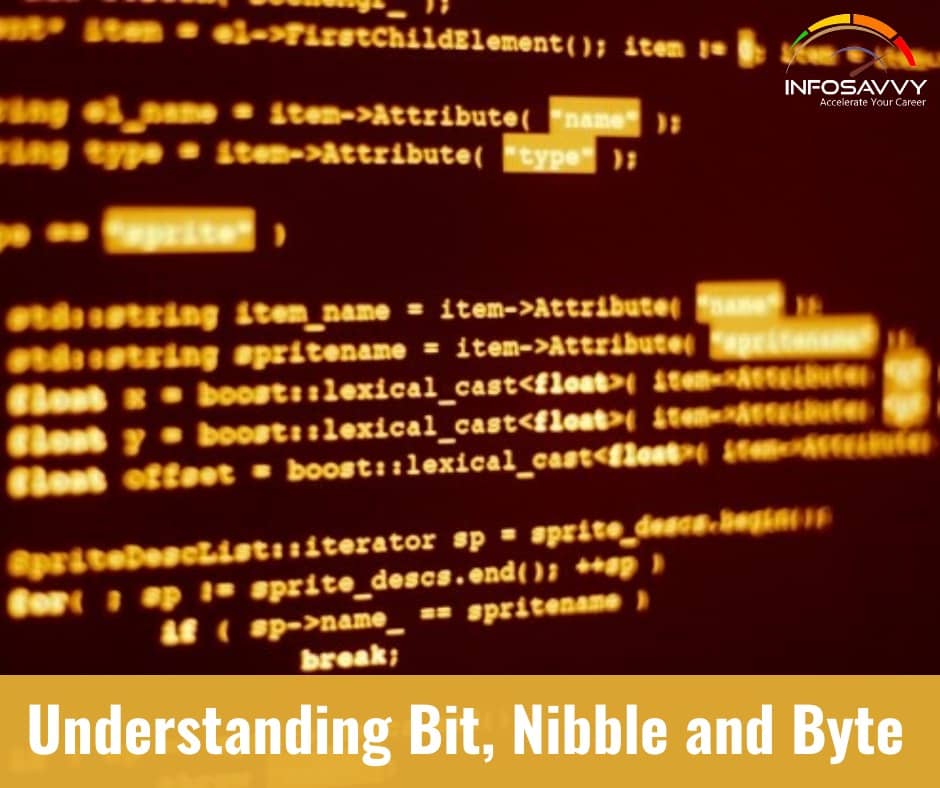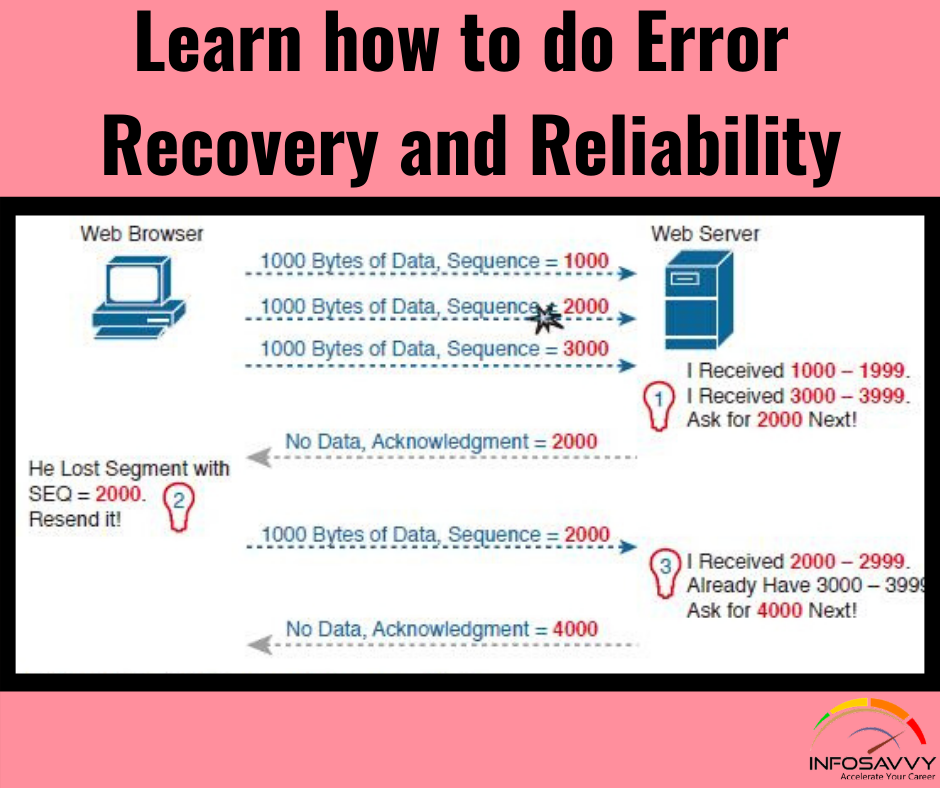In this form of encryption algorithm, every individual block contains 64-bit data, and three key are used, where each key consists of 56 bits. Which is that this encryption algorithm?
In this form of encryption algorithm, every individual block contains 64-bit data, and three key are used, where each key consists of 56 bits. Which is that this encryption algorithm? Option 1 : AES Option 2 : IDES Option 3 : Triple encoding Standard Option 4 : MD5 encryption algorithm 1. AES The more popular and widely adopted symmetric encryption algorithm likely to be encountered nowadays is that the Advanced Encryption Standard (AES). it’s found …









